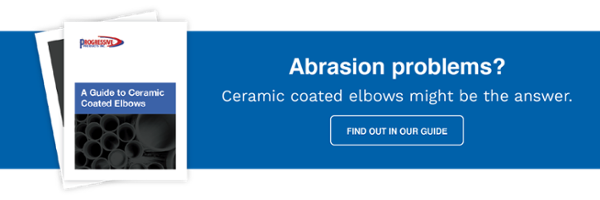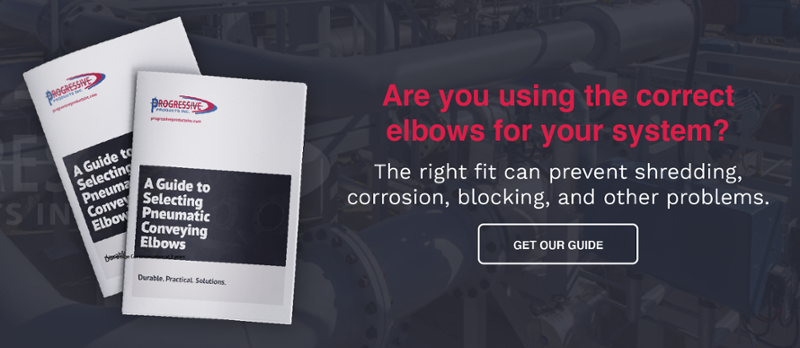When there is a need to reduce the product or material you’re conveying into smaller pieces very efficiently, lump breakers might be the right tool for the job.
What is a Lump Breaker?
Lump breakers reduce or break down material into smaller pieces as they are mechanically equipped with rotating fingers and other special mechanisms. They are typically used in industries such as food and chemical processing which require the reduction of bulky material down to manageable sizes.
What does a Lump Breaker do?
As a tool to break down the material you’re conveying, a lump breaker can make your work more efficient and your system more productive in a few different ways:
- They create smaller particle sizes from agglomerates (clumped powders, etc.)
- The resulting finer pieces after lump breaking make the process flow smoother, thereby creating an efficient flow of materials without your system getting jammed or the materials displaying uneven distribution
- Lump breakers help maintain the quality of products being processed
Why do I need a Lump Breaker?
There will be times, due to certain variables such as humidity, when powders and chemicals form unwanted conglomeration. This may affect the flow of the process in your pneumatic conveying system.
Lump Breakers can be critical to the mechanical operation of bulky materials, especially in ingredient processing. Or, if you are conveying a material that requires you to constantly look out for clumps, especially in hard-to-reach sections, because it may form together and block your system or display uneven distributions.
Lump breakers have different sizing options to address these concerns. Available in 12x12 and 24x24 inches, lump breakers are typically from either carbon steel or 304 or 316 stainless steel.
Lump Breakers versus Mills and other crushers
Lump breakers are best for dealing with powdery materials such as cement, food, fertilizers, and solid chemicals that tend to form unwanted clumping due to moisture or humidity. Mills and other types of crushers are more specialized in solid substances such as logs or heavy metals.
To crush, pulverize, grind, and/or shatter hard solid materials, a hammer mill is usually employed. More abrasive products can also be crushed using a hammer mill so that they can be broken down into the desired uniform sizes. Other machines such as meat grinders, shredders, and other types of crushers have specific applications as well.
These are just some questions you should ask in order to determine what kind of machine you must utilize, whether that’s a lump breaker or another type of crusher:
- What is the material that needs to be broken down?
- How hard, big, and abrasive is it?
- Is it prone to absorb moisture, clumping or any other quality changes?
These questions, amongst others, need to be properly answered first before you can select the right type of lump breaker for your pneumatic conveying system.
If you need help in selecting the right lump breaker, it’s best to talk with an expert so you can ensure you get the correct components for your needs.
At Progressive Products, we won’t sell you anything you don’t need – contact us today to find the right solution for you.



